
Newsletter Subscribe
Enter your email address below and subscribe to our newsletter
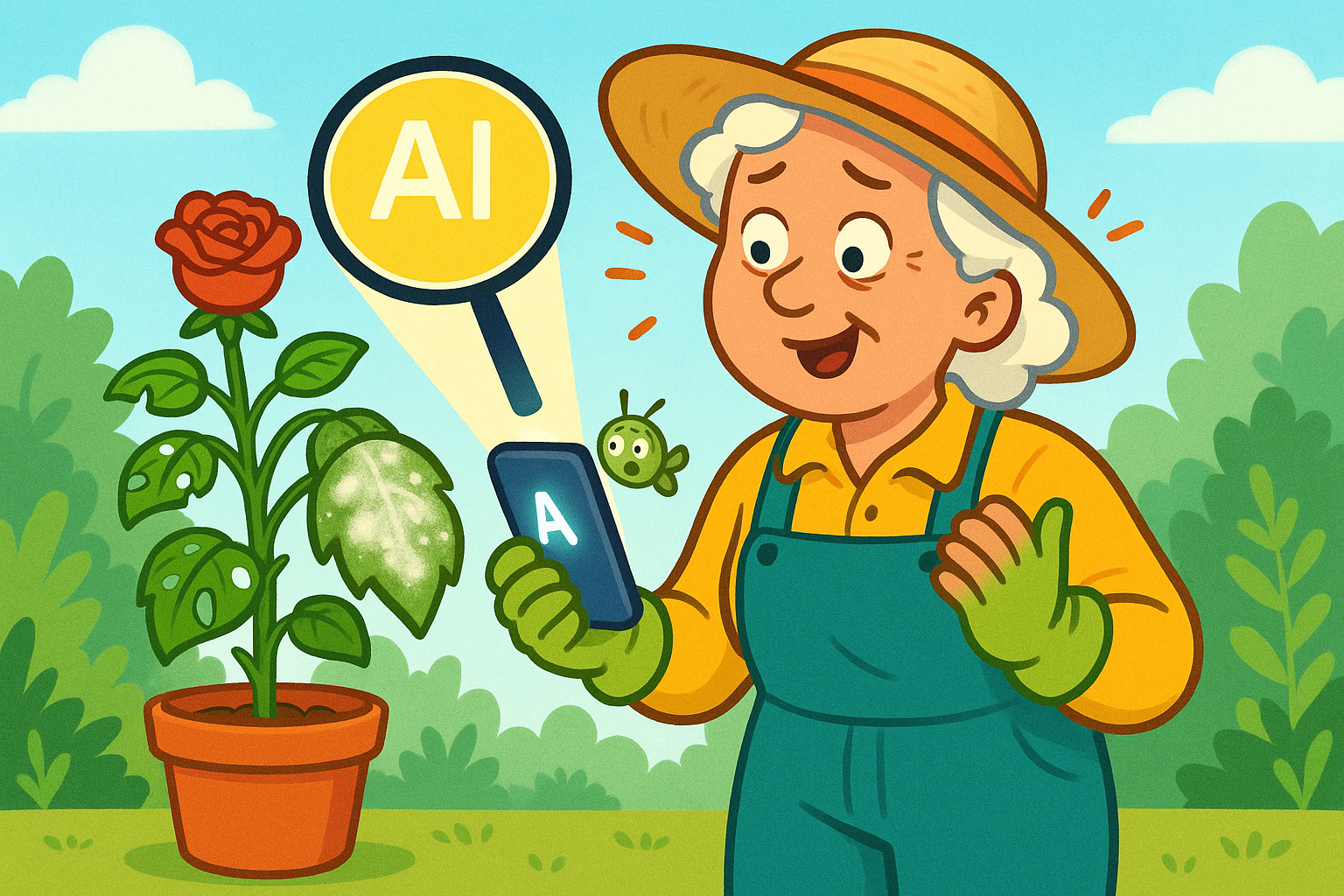
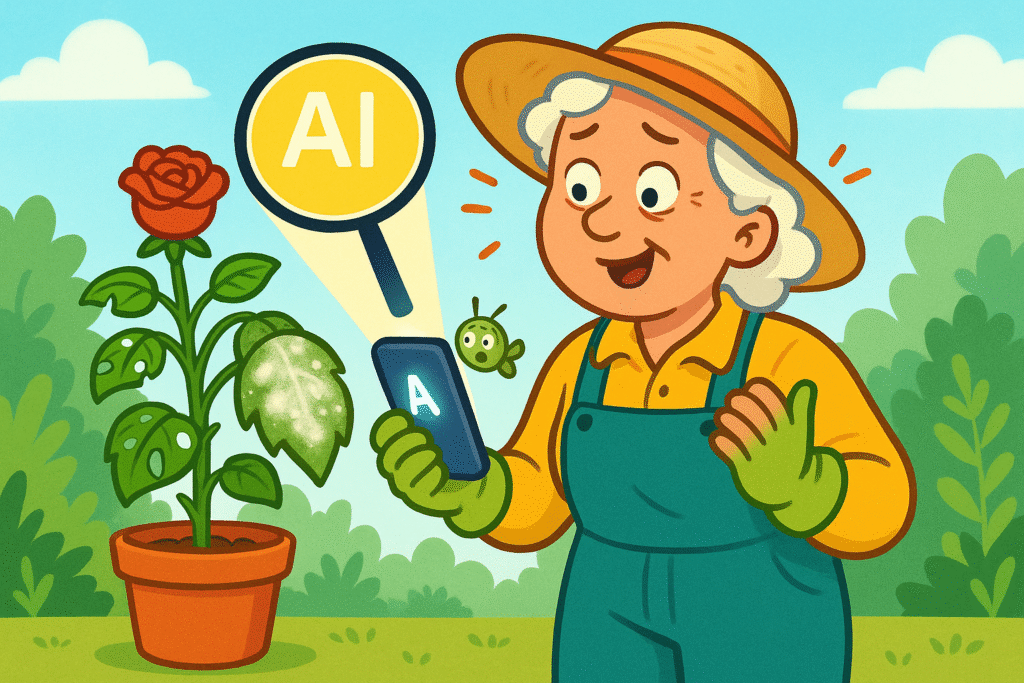
Have you ever stared at a rose bush, a formerly proud soldier in your garden army, now looking like it went ten rounds with a hole puncher?
Or maybe you’ve noticed your tomato plants have developed a mysterious powdery substance, as if a tiny, mischievous baker got loose overnight.
You squint. You poke. You consult a dusty old gardening book that suggests the problem could be anything from “Fungal Shenanigans” to “An Unhappy Garden Gnome.”
Gardening is a joy, but playing botanical detective can be a real head-scratcher. You just want to know what’s nibbling your nasturtiums so you can politely (or not-so-politely) ask it to leave.
Well, what if I told you that you have a secret weapon waiting right in your pocket or purse?
It’s a garden sleuth, a plant doctor, and a pest profiler all rolled into one. And it’s powered by something you might have heard about: Artificial IntelligenceArtificial Intelligence (AI) is basically when computers get smart—really smart. Imagine if your c... More, or AI.
Don’t let the fancy name scare you. It’s simpler, and more helpful, than you think.
Let’s clear the air right away. When we talk about using AI creatively in the garden, we’re not talking about a robot that comes out and does your weeding (though we can dream, can’t we?).
Think of it more like having a super-knowledgeable friend who has memorized millions of pictures of plant problems.
These AI-powered apps use your phone’s camera to play a high-tech game of “What’s Wrong With This Picture?
You snap a photo of a suspicious leaf, and the AI compares it to its massive library of pests and diseases.
In seconds, it can often tell you, “Aha! That looks like powdery mildew,” or “You’ve got a classic case of aphids.”
It’s one of the few times it’s perfectly acceptable to show someone pictures of your sick plants.
The AI is brilliant, but it can’t see what you don’t show it. Getting an accurate diagnosis is all about giving the app a good, clear picture to work with.
Think of it like taking a school photo for your plant—you want it looking its best… or, well, its most symptomatically clear.
Here are a few quick tips:
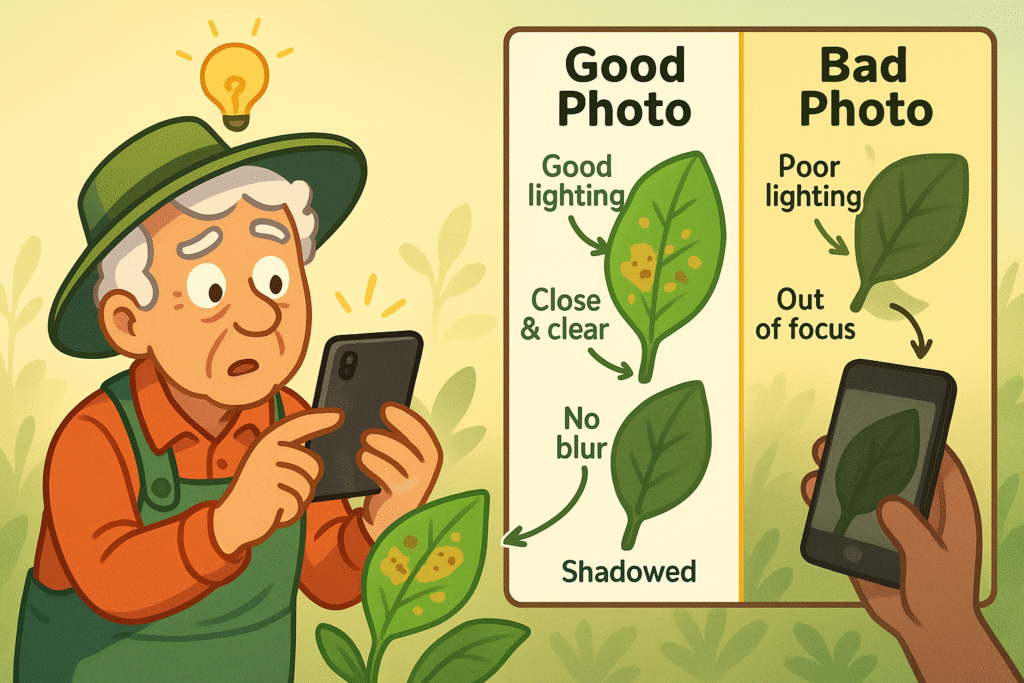
How to take the best photos for AI plant pest and disease identification: bright, clear, close-up shots help your digital garden assistant give accurate diagnoses.
Alright, you’ve found a suspicious spot on your prize-winning zucchini. You’ve got your phone in hand. Now what? Using one of these apps is usually as simple as making a cup of tea.
Most AI gardening apps, like Plantix or Blossom, follow the same simple path from photo to diagnosis. It’s a process that turns a garden mystery into a straightforward to-do list in under a minute.
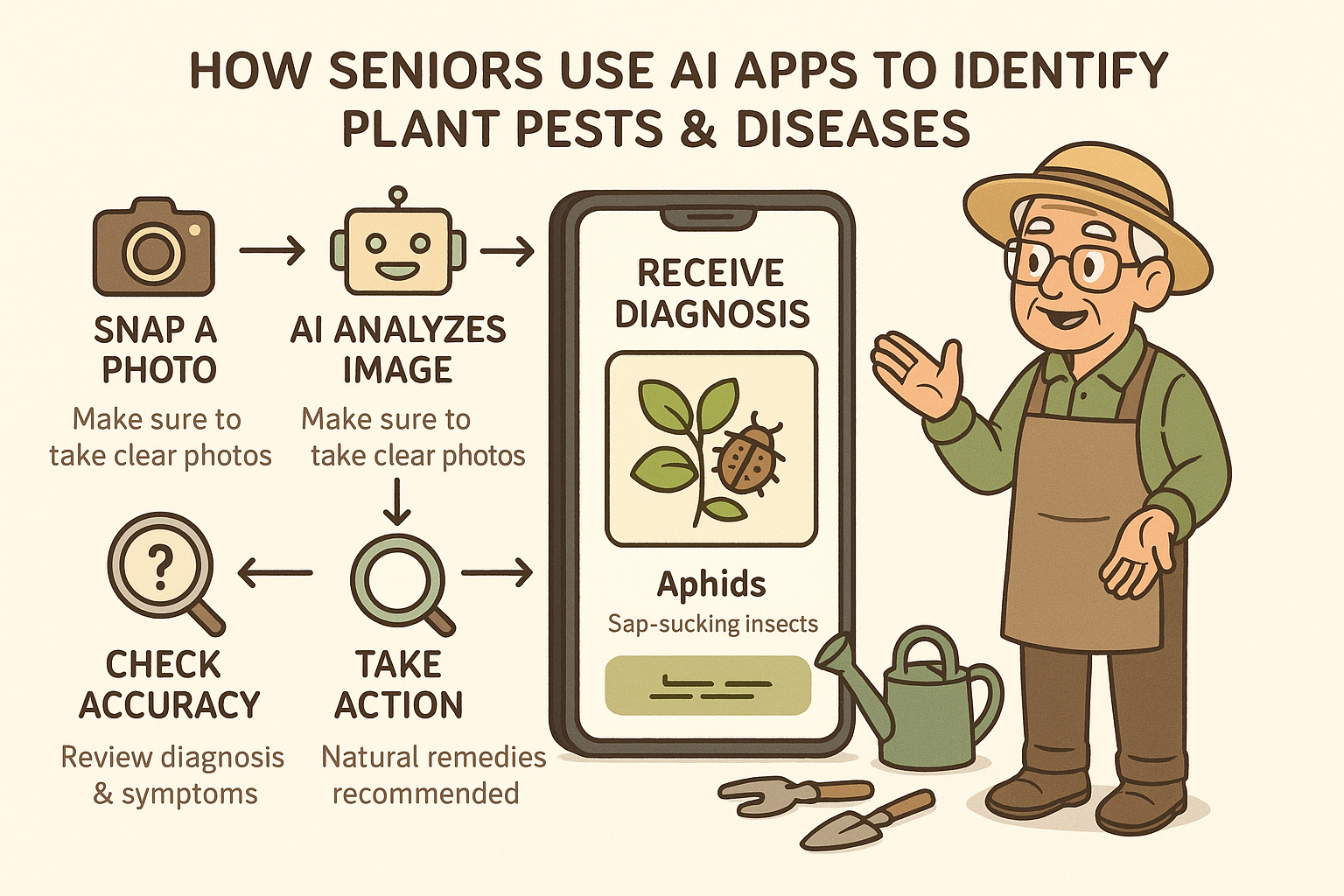
From photo to fix: Follow these five simple steps to harness AI tools for identifying garden pests and knowing exactly what to do next — perfect for senior gardeners.
This is the million-dollar question.
The answer? It’s incredibly accurate, but not perfect.
Some studies show these apps can be over 90% accurate for common problems, which is better than most of us guessing on our own!
However, sometimes the AI can be stumped by a rare disease or a weird lighting situation. It’s a good idea to treat the AI’s diagnosis as a very well-educated suggestion.
If it identifies aphids, and you see tiny green bugs, you can be pretty confident. If it suggests a rare Patagonian fungus and you live in Ohio, you might want a second opinion.
Think of it like checking your sources online. Just as you’d always want to have a healthy dose of skepticism before trusting any AI-generated, it’s wise to cross-reference your plant diagnosis if it seems odd.
A quick search for images of the suggested disease can confirm if you’re on the right track.
Here’s where these tools truly shine. Getting a name for your problem is great, but what you really need is a battle plan.
A good AI app won’t just say, “You have spider mites.” It will say, “You have spider mites, and here’s what you can do about it.”
This is where you get to be the general, and the AI is your trusted advisor. The best approach is often the simplest one first.
Once the AI gives you a diagnosis, don’t panic! Just work your way through a simple, three-tiered plan of attack. We’ll call it the N.O.S. plan: Natural, Organic, and Safe Spray.
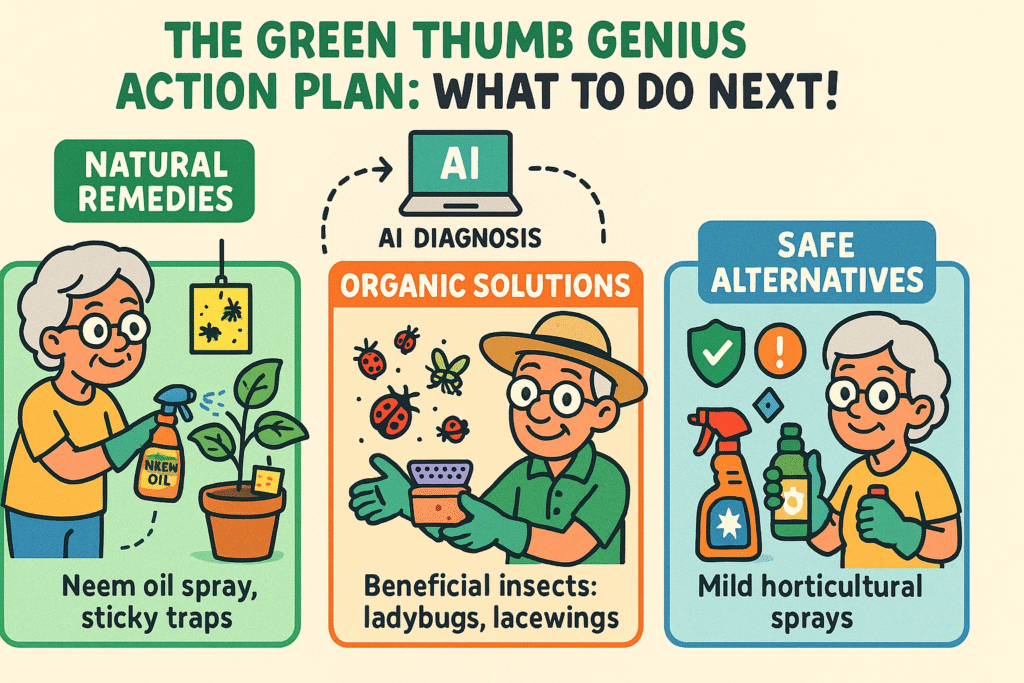
Remember your next steps after AI diagnosis: Natural, Organic, and Safe treatments provide a simple, memorable plan to keep your garden thriving.
The goal isn’t to obliterate every bug in sight; it’s to keep your plants healthy and happy. This smart approach saves you time, money, and unnecessary work.
Some of the most popular and user-friendly ones are Plantix, Blossom, and PictureThis. Many have free versions that are perfect for identifying common problems. Try one out and see if you like its style!
Not at all! It’s just like downloading any other app on your smartphone. Just go to your phone’s App Store (for iPhones) or Google Play Store (for Androids), search for the name, and tap “Install.” They are designed to be easy to use from the get-go.
Try propping your phone on a garden stake, a rock, or the edge of a planter box to stabilize it. You can also use the timer function on your phone’s camera to avoid shaking the phone when you tap the button. Interestingly, many modern smartwatches for seniors can even act as a remote shutter for your phone’s camera, allowing you to set it up and snap a picture without touching it.
Absolutely! Many of them can also identify unknown plants. If you’ve ever wondered what that beautiful wildflower is or forgotten the name of a gifted houseplant, these apps can solve the mystery in seconds.
Technology can sometimes feel like it’s moving at a thousand miles an hour, but tools like these are designed to make our favorite hobbies simpler and more enjoyable.
Using an AI app doesn’t replace the decades of wisdom you’ve cultivated as a gardener; it enhances it. It’s a handy assistant that takes the guesswork out of problems, so you can spend less time worrying and more time enjoying the beautiful space you’ve created.
So next time you find a mystery on one of your plants, don’t fret. Just reach for your phone, snap a picture, and let your little green thumb genius get to work.